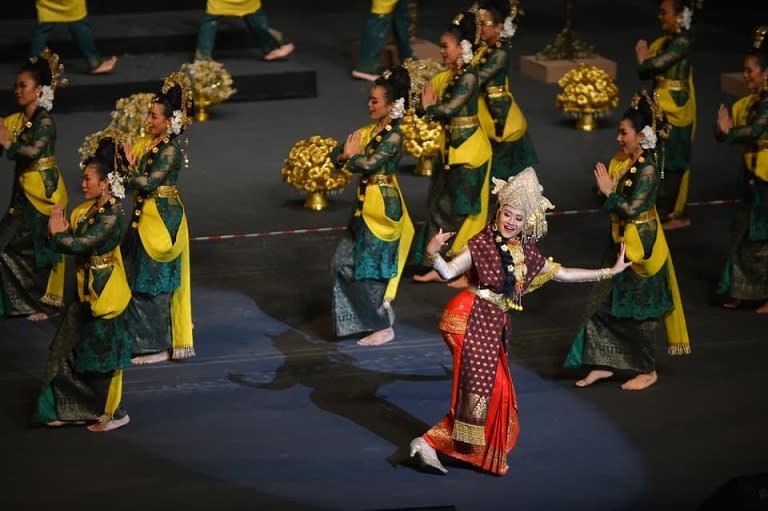Arts education – a neglected and misunderstood educative process

Formal educational system emphasises verbal forms of teaching and learning, focusing on the 3Rs of reading, writing, and arithmetic, that is, the sciences and the arts subjects.
However, the non-verbal forms of learning and communicating, namely the creative arts, have the lowest priority at all levels of the formal curriculum in the educational process. Often, dance, music, and drama are treated as extracurricular activities.
Most educators concentrate on the verbal textual learnings and are usually unaware, or are not concerned with the visual forms of expressive learnings.
They regard the former as essential in shaping critical thinking, but the latter as just artistic endeavours, when in fact, both forms of the educational process involve critical faculties.
The only difference is that one uses verbal and textual forms of expressing ideas of natural phenomena, while the other conveys meanings in the form of visual expressions.
Proponents of arts education face an uphill task in convincing the Education and Higher Education Ministries as to the value of the creative arts in developing character and holistic personality, using both textual and visual communications.
The pleas have fallen on deaf ears because policymakers at both these ministries are most probably not schooled in the creative arts, or, are totally ignorant of it.
They are not cognizant of the creative arts as a tool of visual/creative thinking, which is critical in developing a mind that ‘sees’ beyond the physicality of forms, to be able to construct, deconstruct, and reconstruct forms in exploring their fundamental structures and essence, as well as their architectonic alignment.
It involves critical and creative thinking, and intuition beyond the thinking in textual expressions. The arts synthesises the matrix of existence into various forms of visual expressions that include paintings, sculptures, dance, music, and drama.
The performing arts, as in dance and music, develop coordination and muscle memory, with dance using kinetic energy and body movements to create dynamic spatial-temporal physical compositions displaying different forms of technical expressions. Music develops skills in playing musical instruments, memory, and timing and rhythm, as in dance.
Drama and theatre develop memory skills and allow the actors to vicariously experience various character traits and explore the whole range of human emotions, their strengths, and weaknesses. It develops confidence and verbal expressions and teamwork.
The visual arts presents two-dimensional images (paintings et al), while three-dimensional sculptural forms express natural and human existence in a variety of styles, as in verisimilitude, abstract, impressionistic, and photo realism.
They compose and manipulate space, time, and actions into an expressive frame using line, colour, shapes, and forms representing, or distorting reality.
Currently, the Education and Higher Education Ministries prioritise STEM (Science, Technology, Engineering and Mathematics) to the exclusion of creative arts subjects. The lion’s share of developmental and research funding are allocated to the sciences, while the humanities and the creative arts are given the leftovers.
The fate of the creative arts education in Malaysia is in the hands of policymakers who are tuned more to the sciences, and bereft of knowledge and the applicability of the creative arts in education, economy, industry, and social interaction.
The teaching, learning, practice and thinking of the arts require an ecosystem that includes a sympathetic and informed policymaker, audience, public, and corporate support. More importantly, all concerned must value and cherish the arts as cultural heritage for traditional arts and the virtuosic excellence of contemporary arts.
However, some sections of the community shun the arts, especially traditional arts, and discourage any form of pop concerts or classical performances, to the extent of banning outright any form of entertainment in their community. Such an attitude is detrimental to the existence of the arts, which cannot thrive in such an unsympathetic, even hostile, milieu.
The arts is an integral part of existence, initially a part of ritualistic practice that later evolved into secular aesthetic expressions, which display human skills, emotions, and ingenuity, and allows for the imaginative exploration of humanity’s existence beyond the physical representation of phenomena.
The views expressed here are the personal opinion of the writer and do not necessarily represent that of Twentytwo13.
The post Arts education – a neglected and misunderstood educative process appeared first on Twentytwo13.


